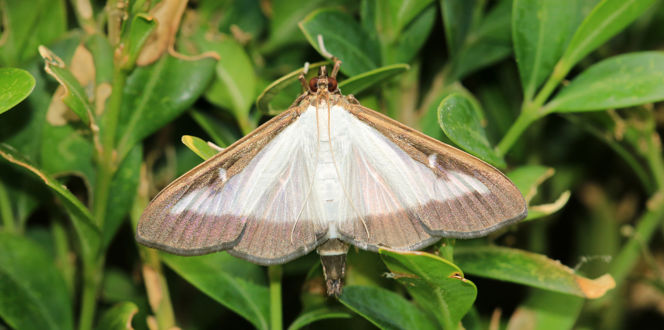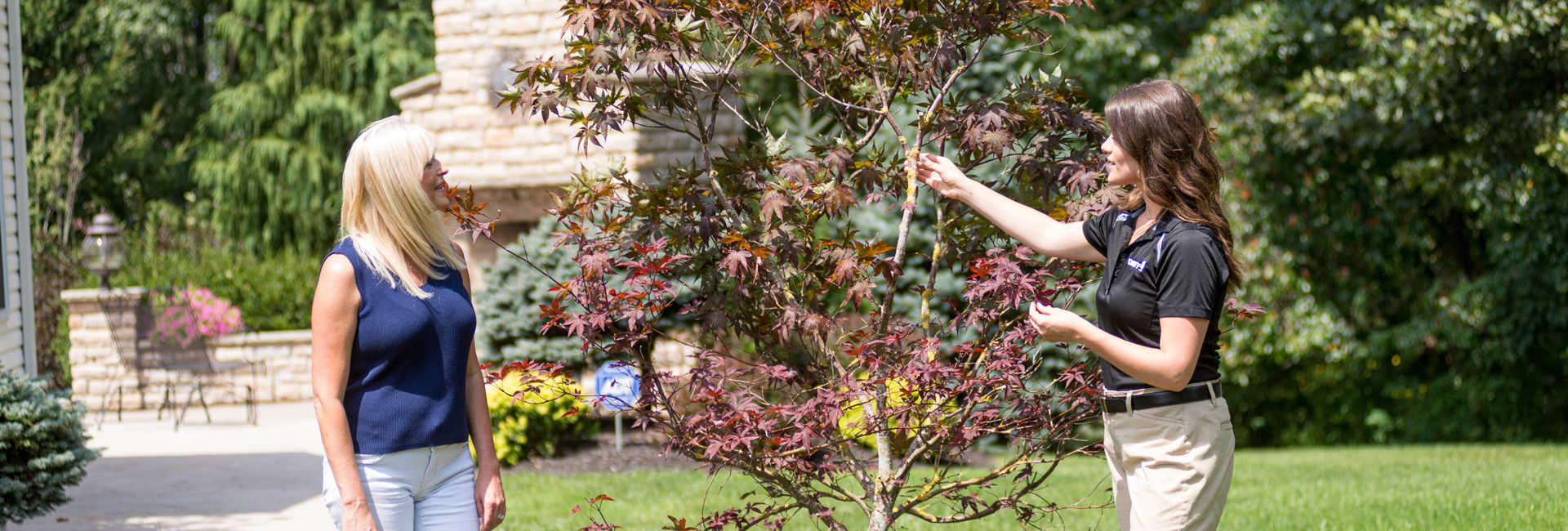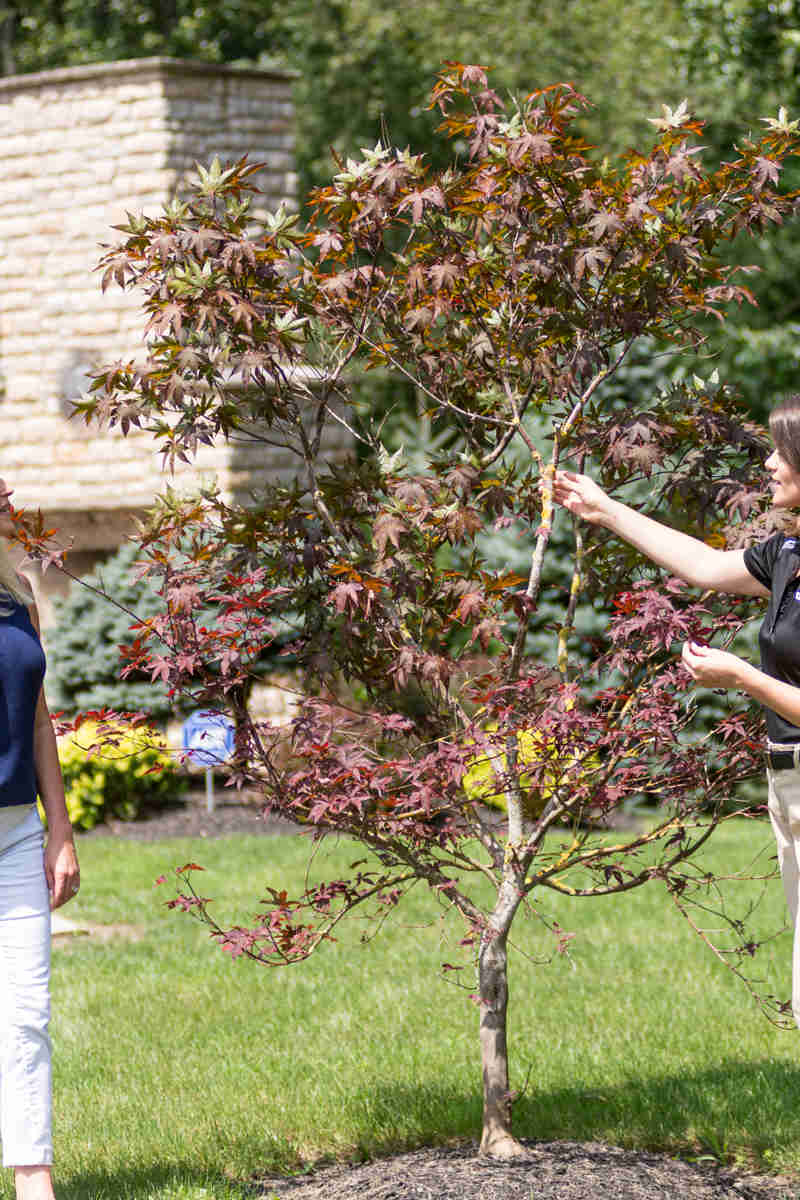Oak Wilt Disease Description:
Oak wilt is a vascular disease caused by a fungus that spreads locally from infected trees to nearby healthy trees. Primarily transmitted through root grafts, it causes sudden wilting (especially in the red oak group), early leaf drop, discolored leaves, and sometimes, vascular streaking in the sapwood.
Hosts:
Oak wilt affects the red oak group (red, black, and pin oaks) and live oaks. The white oak group is less severely affected.
Biology & Symptoms:
Sudden wilting and premature leaf drop from the top of the tree are signs of this disease in the red oak group. Wilting can progress rapidly down through the crown. Trees in this group completely defoliate and die within three to six weeks after initial wilt symptoms occur.
Some oaks, including live oaks, develop brown veins in their leaves, although green tissue remains. Early symptoms are wilting, bronzing, and shedding of leaves at the ends of branches. Bronzing begins on the tips and outer margins of leaves and spreads to the midribs and base. Leaves tend to curl around the midrib. Many leaves fall before they become totally discolored. Infected live oaks defoliate over a three- to six-month period and may live more than one year.
Although the white oak group is less severely affected, signs of the disease include slow wilt of individual branches. Leaves turn tan to brown and begin to drop from the tree. Leaves from green to brown and everything in between will fall. Discoloration of annual rings (infected sapwood) may occur; this is often less noticeable than with other vascular diseases.
Management:
Because oak wilt can resemble many other tree issues, seeking laboratory confirmation is important. For laboratory confirmation of this disease, send samples of 1/2”-diameter branches that show symptoms, but are still green. Take the branches from an area near the wilting portion of the canopy.
Avoid pruning and trimming oaks in spring and early summer, as fresh wounds attract sap-feeding beetles which can spread the fungus to healthy trees. If you must prune in spring, immediately cover the wounds with a tree wound dressing to temporarily minimize the attraction to fungus-carrying beetles.
To prevent oak wilt from spreading through root grafts to nearby healthy trees, mechanically trench, trench the soil around infected trees. This can prove difficult in residential areas because of above and below-ground obstacles.
Immediately remove red oak group trees that have been positively identified with oak wilt. Also, remove the wood from your property. If you plan to use the wood as firewood, cover it with clear plastic for at least one summer to heat-kill fungal mats or bark beetles. Injecting a registered fungicide labeled for the suppression of oak wilt into tree trunks may help prevent the disease under some circumstances. The species of oak and its location relative to nearby diseased trees is critical for success. Your arborist can assist with management options.





